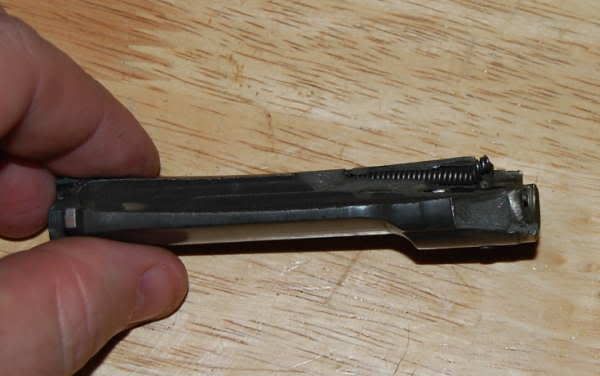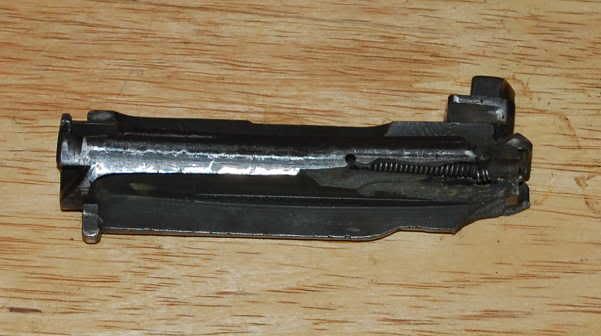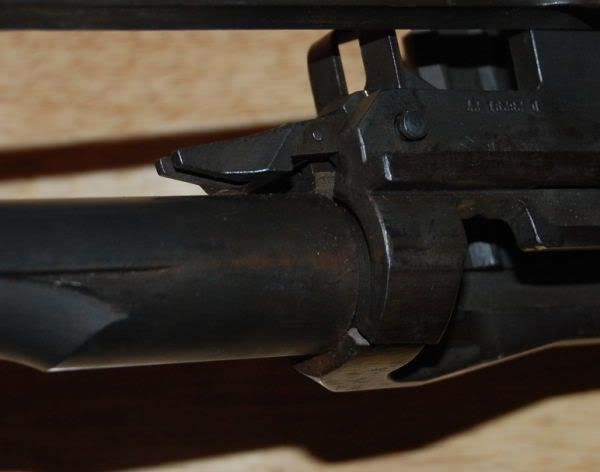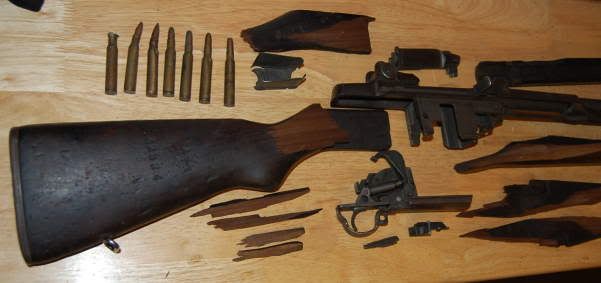Reloading WWII 30-06
Several years ago I purchased several thousand rounds of Surplus 30-06. There were several different manufactures but most were LC (Lake City) with the date stamp of 42 and 44.
There were several hundred with the date of 54.
I purchased these planing on using the components for reloading since most have corrosive primers.
The attached photos are of the components, cases, bullets and primers.
I was wondering if anyone else has done this with a large number of rounds.
The reason I am writing this is because of my surprise at the lack of consistency of the components. I realize that this was early in the war but as a test when I was unloading them with a kinetic bullet puller I weighted the powers.
I measured 50 and got an average of 47 GR but what surprised me was the min max. There was a difference of > 5 GR.
Today I started loading them with 4895 with a service load for my Grand and 03-A3. Since I didn’t really know what the bullets weights were I measured each one. I was under the impression that the 150 was standard for M1 Grand loads and since all of these came in the cloth pouches with end blocks.
Again when I measured these I was surprised at the lack of consistency of the bullets. Of the 200 I just completed loading this morning the weight averaged close to 150 but again I had a spread of over 5 GR. The scale I am using is a very high end balance scale that I also calibrate with a set of weights so the difference is in the components not the scale.
Nothing was done to these bullets. No cleaning or polishing, they are in that good condition.
The bras on the other hand were some of the nicest brass I have ever worked. I did neck size to get the old primers out and the diameter back down and none required length sizing.
Just wondering if anyone else has used surplus ammo for components and seen the same.
Several years ago I purchased several thousand rounds of Surplus 30-06. There were several different manufactures but most were LC (Lake City) with the date stamp of 42 and 44.
There were several hundred with the date of 54.
I purchased these planing on using the components for reloading since most have corrosive primers.
The attached photos are of the components, cases, bullets and primers.
I was wondering if anyone else has done this with a large number of rounds.
The reason I am writing this is because of my surprise at the lack of consistency of the components. I realize that this was early in the war but as a test when I was unloading them with a kinetic bullet puller I weighted the powers.
I measured 50 and got an average of 47 GR but what surprised me was the min max. There was a difference of > 5 GR.
Today I started loading them with 4895 with a service load for my Grand and 03-A3. Since I didn’t really know what the bullets weights were I measured each one. I was under the impression that the 150 was standard for M1 Grand loads and since all of these came in the cloth pouches with end blocks.
Again when I measured these I was surprised at the lack of consistency of the bullets. Of the 200 I just completed loading this morning the weight averaged close to 150 but again I had a spread of over 5 GR. The scale I am using is a very high end balance scale that I also calibrate with a set of weights so the difference is in the components not the scale.
Nothing was done to these bullets. No cleaning or polishing, they are in that good condition.
The bras on the other hand were some of the nicest brass I have ever worked. I did neck size to get the old primers out and the diameter back down and none required length sizing.
Just wondering if anyone else has used surplus ammo for components and seen the same.







